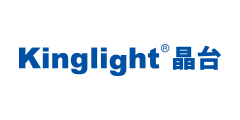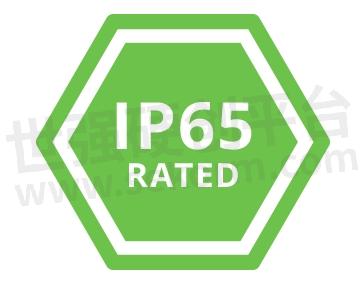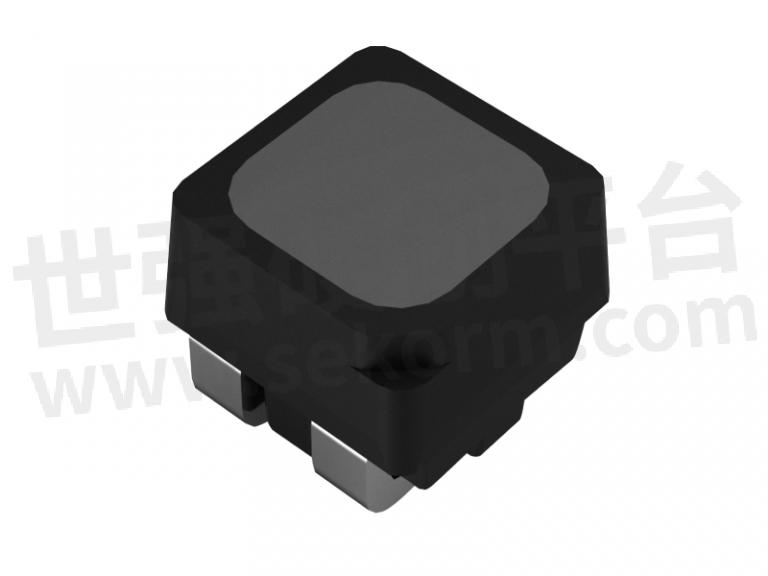What Are LED IP Ratings

LEDs are widely used for lighting and displays either indoors or outdoors. Since the application scenarios change a lot, it’s important that LEDs have good protection to perform well and last for a long time operation in different environments. Among various protection features, IP rating is for sure a crucial one that decides where we can use a specific type of LED. So what are LED IP ratings? How does it affect the usage of LEDs? Let’s proceed to unveil the mystery of LED IP ratings.

What does IP stand for?
IP stands for ingress protection. It’s a way to describe the performance of a device or a gadget to protect against the ingress of solid objects and liquids.
What are IP ratings?
IP ratings are the different levels that we define the performance of a device or a gadget. IP ratings usually include two numbers, such as the commonly seen IP68, which depicts the highest level of IP rating.
The first number varies from 0 to 6, which means the level of protection against solids.
The second number comes between 0 to 8, which means the level of protection against liquids or moisture.
Of course, the higher the number is, the better the protection level.
The meanings of IP rating numbers
Different IP rating numbers have different meanings.
The first number for solid ingress protection:
0 – no protection against solid
1 – protection against solid objects larger than 50mm
2 – protection against solid objects larger than 12.5mm
3 – protection against solid objects larger than 2.5mm
4 – protection against solid objects larger than 1.0mm
5 – protection against dust affecting the performance or operation of the device
6 – no dust ingress at all
The second number for liquid ingress protection:
0 – no protection against liquid
1 – protection against water drops
2 – protection against water drops at 15 degree angle
3 – protection against water spray at 60 degree angle
4 – protection against water splashing from any angle
5 – protection against water jets from any angle
6 – protection against strong water jets from any angle
7 – protection against temporary submersion in water (30 minutes 3 feet)
8 – protection against permanent submersion in water (up to 13 feet)

Kinglight provides various LEDs for both indoors and outdoors
Common IP ratings for LED displays
LED displays, particularly outdoor and commercial displays, often have specific IP ratings to ensure their durability and protection against environmental elements. Here are some common IP ratings you may encounter for LED displays:
IP65: This rating is commonly found in outdoor LED displays. It provides protection against solid objects greater than 1mm in size and offers protection against low-pressure water jets from any direction. IP65-rated LED displays are designed to withstand rain, dust, and other outdoor conditions.
IP66: This rating indicates a high level of protection against dust and water. It offers the same level of protection against solid objects as IP65 (greater than 1mm), but it provides additional protection against powerful water jets from any direction. IP66-rated LED displays are suitable for locations that may experience heavy rain or frequent water exposure.
IP67: LED displays with an IP67 rating are highly resistant to dust and can withstand temporary immersion in water up to a depth of 1 meter for a limited time. They offer the same level of solid object protection as IP65 and IP66 (greater than 1mm). IP67-rated displays are commonly used in outdoor applications where they may be exposed to harsh weather conditions or accidental water submersion.
IP68: This is the highest level of protection against dust and water ingress for LED displays. IP68-rated displays are fully dust-tight and can be continuously immersed in water beyond 1 meter for extended periods. They provide the most robust protection and are suitable for extremely demanding environments or applications where the displays need to be submerged, such as underwater signage or displays used in swimming pools.
Though IP ratings decide where we can use an LED display, other factors such as proper installation, maintenance, and the overall quality of the display will also impact its performance and longevity in various environments.
- +1 Like
- Add to Favorites
Recommend
- Are LEDs The Most Energy Efficient Light Source
- Efficient AC to DC Converter: Illuminating LEDs with 12V Power Supply
- Kinglight All Scenarios LEDs Shine at InfoComm 2024
- Why Kinglight KS Series LEDs Provide 5 Years Warranty
- Kinglight Driver IC Integrated LEDs for Transparent LED Display (I)
- Kinglight Debuted at SLS Expo 2024 with Brand New LEDs for Displays
- ROHM‘s New 0603-Size LEDs CSL1901 Series Optimized for Low-Current Low-Light Applications Reduces Uneven Brightness and Color in Indicators and Numeric Displays
- Unleashing the Power of LEDs: A Comprehensive Guide to the LED Power Series
This document is provided by Sekorm Platform for VIP exclusive service. The copyright is owned by Sekorm. Without authorization, any medias, websites or individual are not allowed to reprint. When authorizing the reprint, the link of www.sekorm.com must be indicated.





























































































































































































































































































































































































































































































































































































































































































































































































































































































